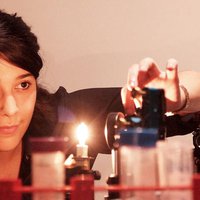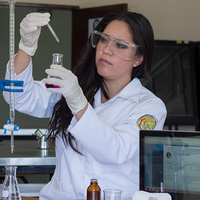Biotechnology & medicine
Polina Anikeeva
A creative scientist sees new ways to record and stimulate brain activity.

Europe
Anaïs Barut
Developed an optical imaging process for quick and non-invasive skin cancer detection

Latin America
Eva Hernández
Her low-cost, reactive strips detect vaginal infections non-invasively

Global
Michelle O’Malley
Understanding a tricky kind of single-cell creature could help reduce the cost of biofuels.

Asia Pacific
Rikky Muller
Electronics that Heal and Connect the Brain
